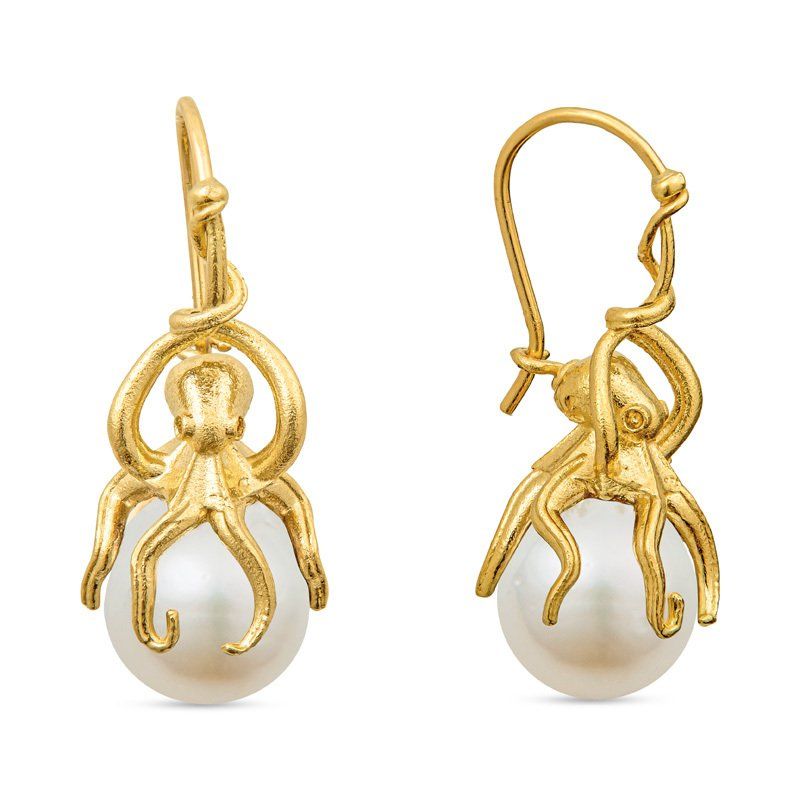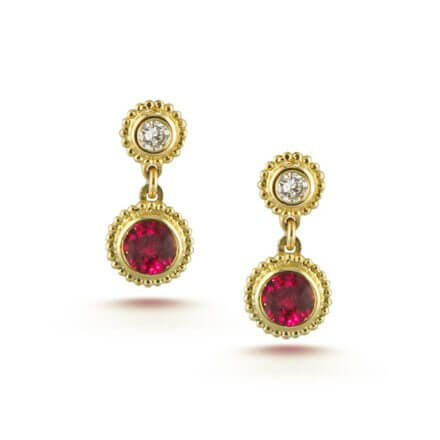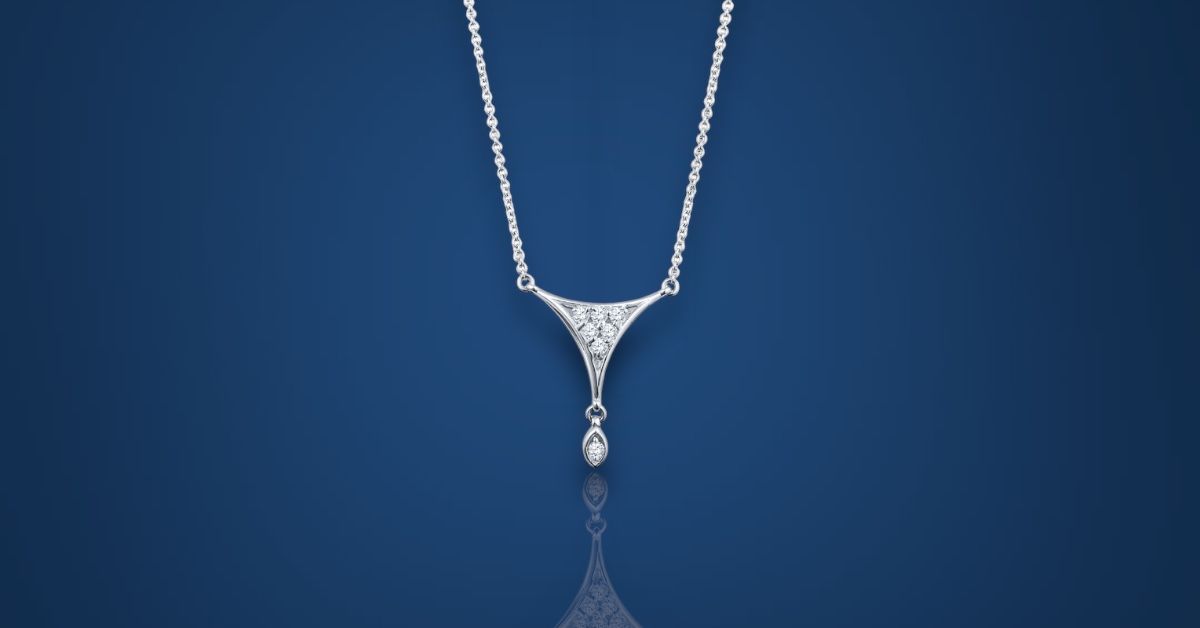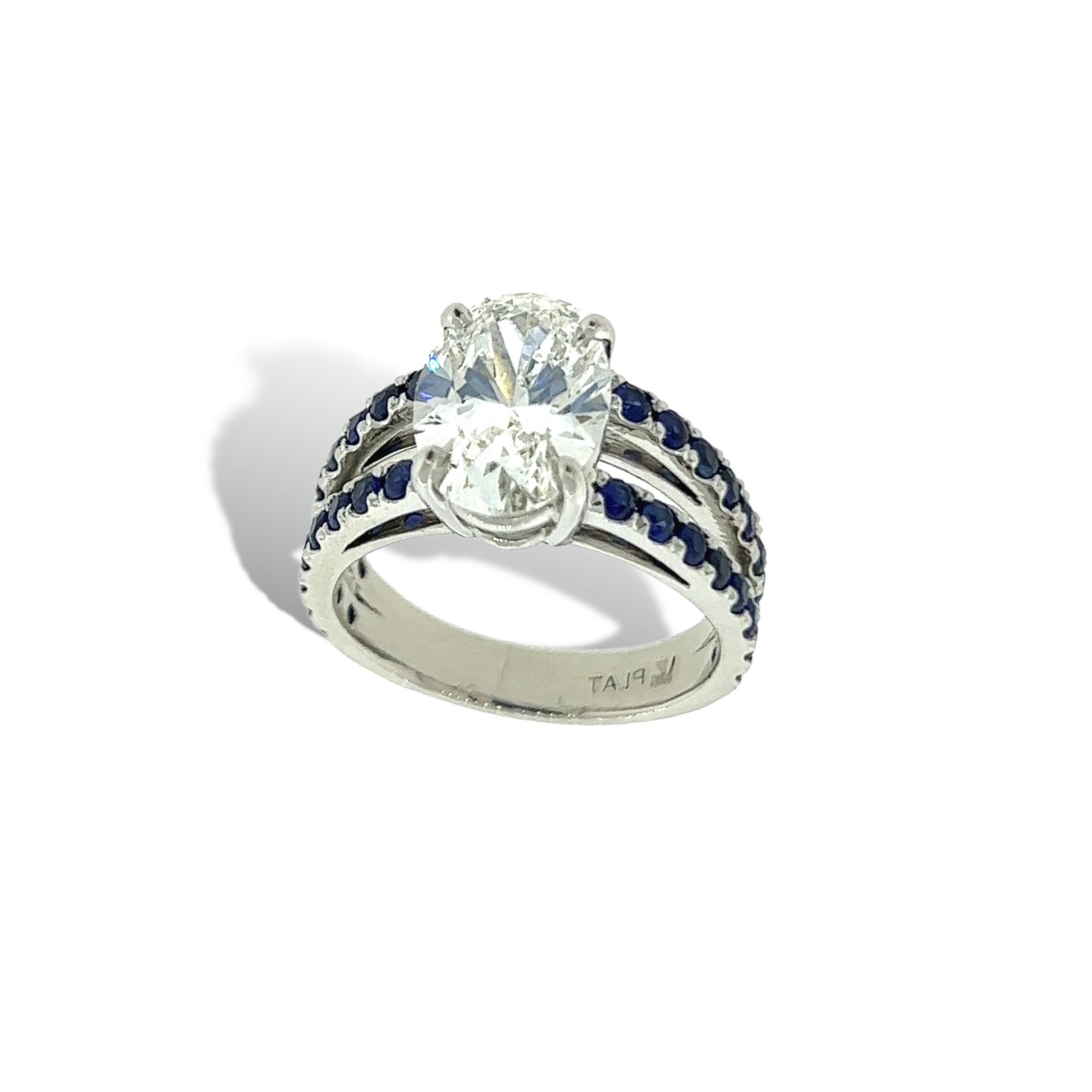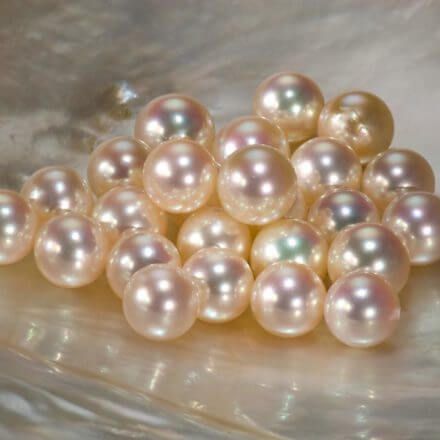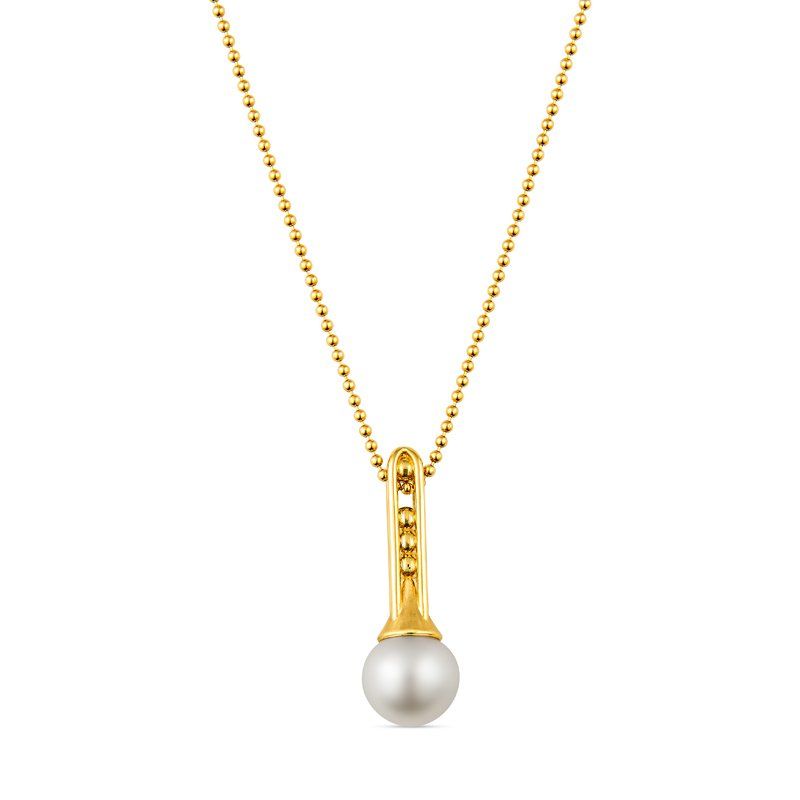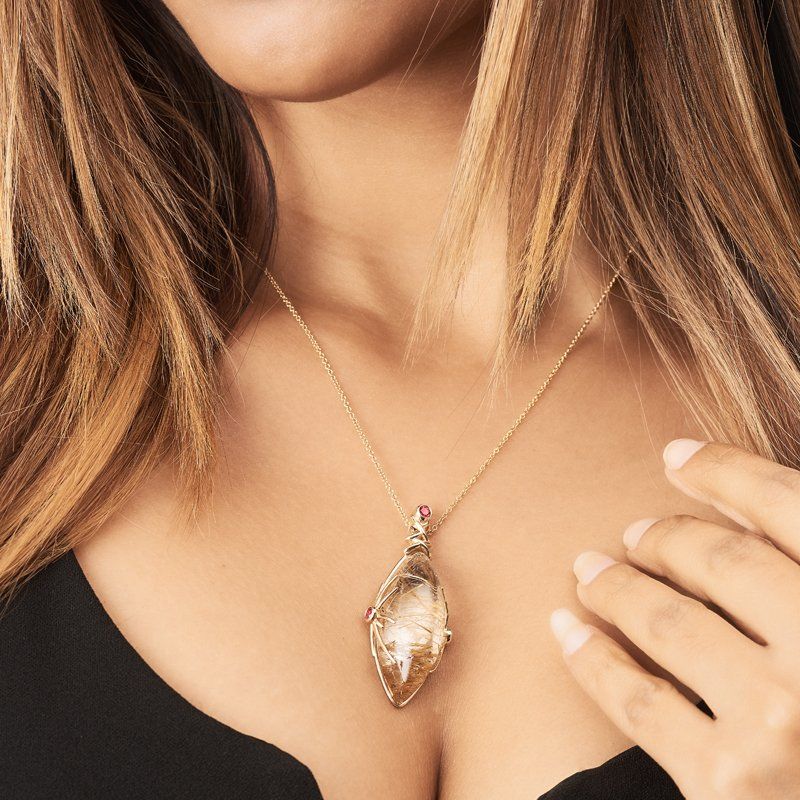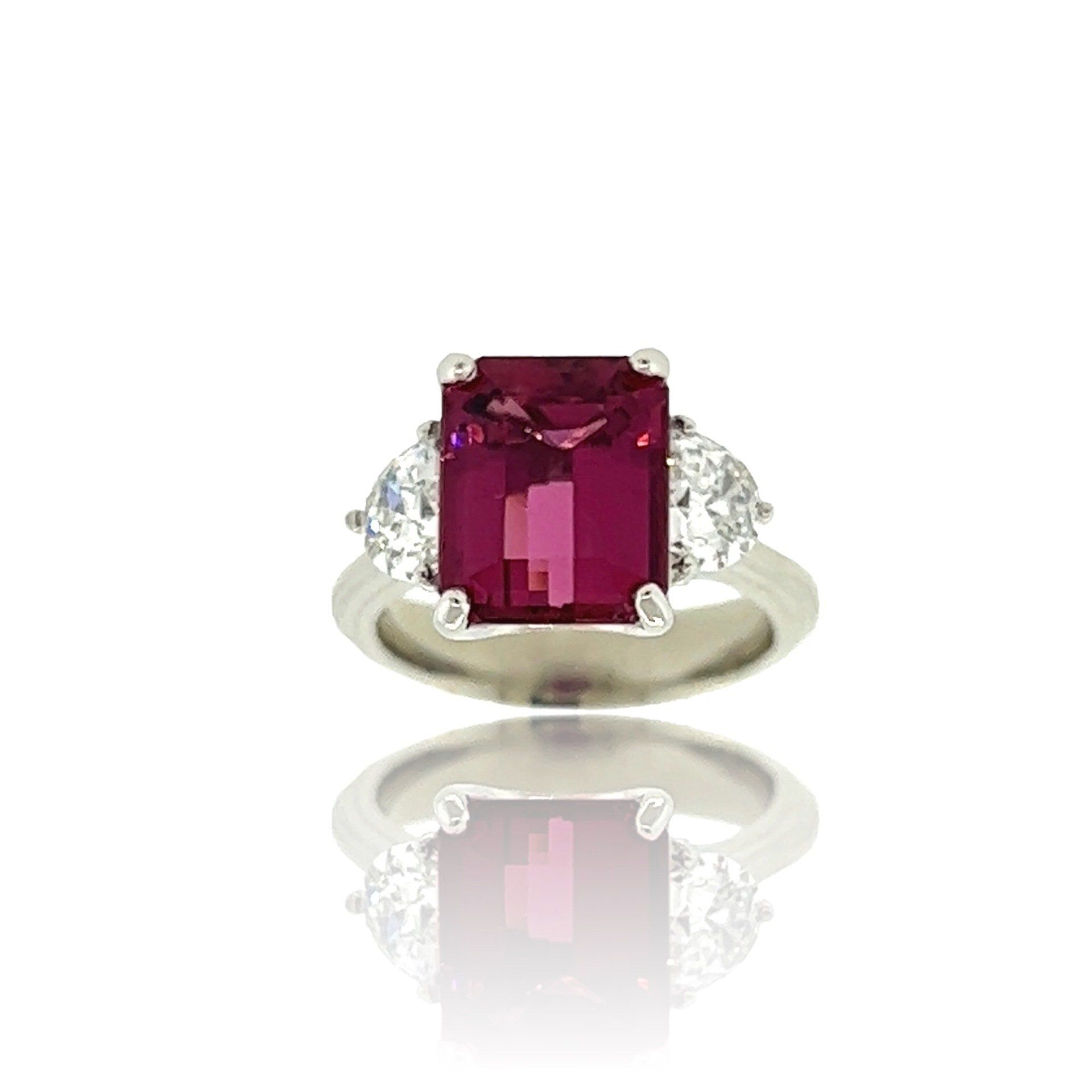From One Family Business To Another: Brazilian Gemstone Experts Bring the Mines to Kansas
PRAIRIE VILLAGE, KS- Philip & Tamara Voetsch would like to welcome Brazilian Gem Source to the store on Wednesday April 4, from noon-7:00. A Brazilian family with a long history in the gemstone business, they will be here to speak about and exhibit their craft. All are welcome to this free, one-day only, in-store event where attendees will have the rare opportunity to view and purchase a selection of over 5,000 gemstones direct from Brazilian Gem Source.
Philip and Tamara have worked with this talented family since 1991, and are very pleased to host this special event. “This family works with some of the finest designers in the U.S. and are extremely respected in the industry.” Buy your one-of-a-kind gemstones now, and add a very personal touch to your next piece of jewelry (or your next gift of jewelry).
According to Marcelo Fernandes and Adriana Medrado, their father, Jose Medrado Fernandes, founded the family-run company in 1969. Marcelo comments on the gemstone process, “When we visit the mines, we pick only the very best stones that are all then cut by my father, my brother Raphael, and myself.” Apparently, the first 20 years as a stone cutter are spent cutting ONLY quartz varieties – amethyst, citrine, etc. Quite a bit of patience required there!
For more than 50 years, the Fernandes family has visited the Sao Jose Batalha Paraiba, Pederneira, Araçuaí, Parreiras, Baralha, Cruzeiro, Santa Maria, Malacaxeta, Nova Era, Rodrigo Silva, and Brejinho mines in their home country of Brazil. In the mines, the family hand-selects the precious stones that are then cut by the family, and sold to goldsmiths and jewelers across the United States.
Rare cuts, shapes, and varieties of gems, including Imperial Topaz , found in only one mine in the world (the Ouro Prêto ) will be on display for the whole day at Jewelry By Design. This will be a great opportunity for customers to learn more about gemstones, where they come from, how they are cut, and what makes them so special.
Their collections include paraiba tourmaline, pink and green tourmalines, watermelon tourmaline and slices, rubilite, indicolite, aquamarine, kunzite, morganite, top quality emeralds, color-changing alexandrite, blue topaz, amethyst, citrine, rutilated and smoky quartz, and much more.
Jose Fernandes said the public is invited to stop in and learn more about the various stones, the cutting processes, and the mines. And don’t be afraid to ask questions and engage in a dialogue – this is going to be a very fun day! No appointments are necessary, however a shopping list for unique gifts is recommended!
